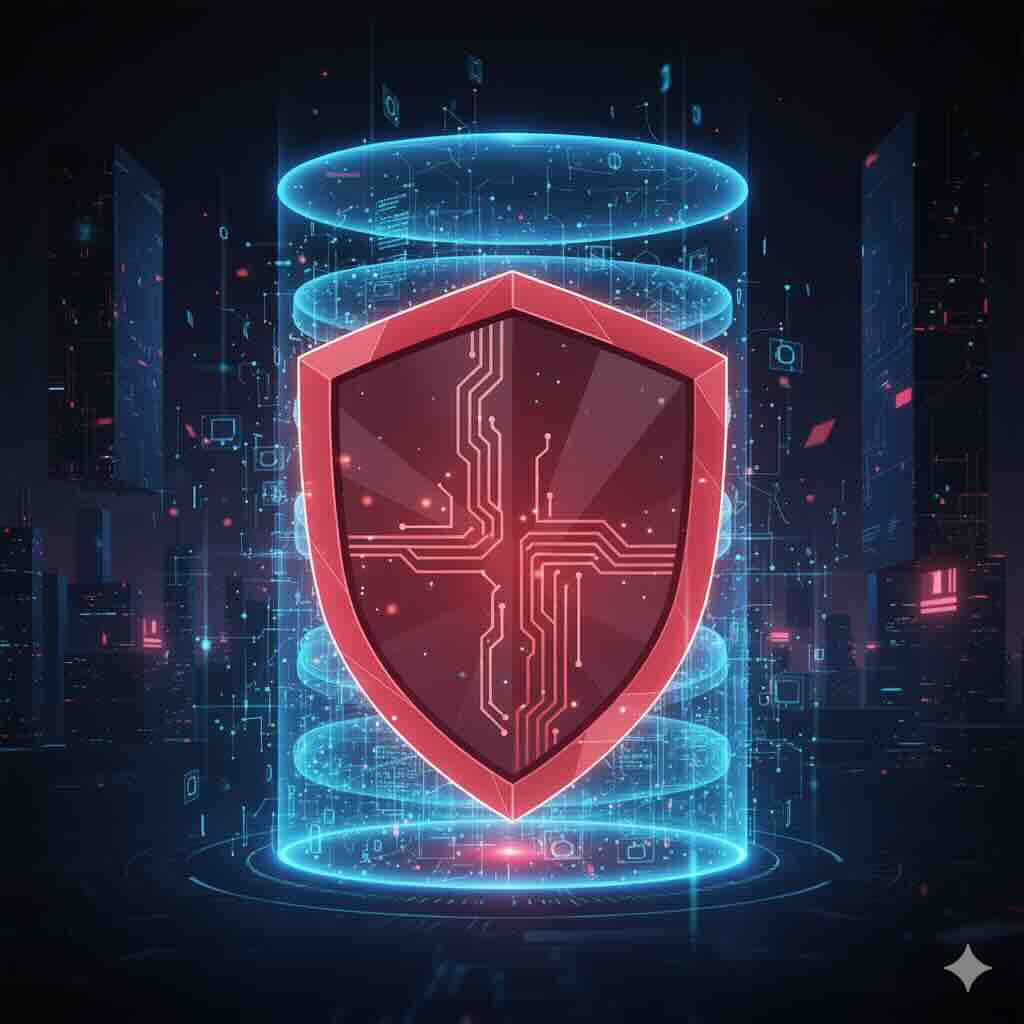A Looming Threat: Supply Chain Attacks
In the realm of cybersecurity, the threat landscape has expanded beyond traditional attack vectors. A menacing and sophisticated form of attack, known as supply chain attacks, has emerged as a potent weapon in the hands of cybercriminals and state-sponsored actors.
Recent developments in the world of information security have drawn attention to supply chain attacks once again. A US-based identity management solution company, JumpCloud, was targeted by nation-state actors, resulting in the compromise of organizations that were using JumpCloud’s services.
Unlike direct attacks on an organization's network, supply chain attacks target the weak links in the interconnected network of vendors, suppliers, and partners. Dive into the perilous nature of supply chain attacks and the profound risks they pose to organizations, governments, and individuals alike.
Understanding Supply Chain Attacks
Supply chain attacks are a stealthy form of cyber-espionage, where adversaries infiltrate trusted vendors or service providers to compromise the integrity of their products or services. This subversive tactic allows attackers to insert malicious code, backdoors, or vulnerabilities into the software or hardware used by the targeted organization or its customers. Since the attack appears to originate from a trusted source, it can go undetected for extended periods, facilitating significant damage before discovery.
The Escalating Threat Landscape
Over the years, supply chain attacks have grown increasingly common and sophisticated. Cybercriminals recognize the potential rewards of compromising a single vulnerable entity, which could open the door to attacking numerous downstream organizations.
From banking institutions to healthcare providers and government agencies, no sector is immune to this perilous threat. Even if an organization has a decent security posture, supply chain attacks act as a trojan horse and are extremely hard to anticipate.
The infamous “Solarwinds’ Orion supply chain attack” took everyone by surprise. The world was still in the middle of a pandemic and coming to terms with the new way of functioning. Solarwinds’ attack compromised numerous Government and business organizations at once. Organizations that have relatively high security metrics were compromised by one single weak link.
The cyber security giant, Mandiant, who was also affected by the Solarwind compromise, spotted the anomaly in the behavior or the software. This caused the attackers to stop in their tracks, who otherwise would have gained access to much more critical infrastructure enabling them to have a more devastating impact than they already had.
The number and frequency of supply chain attacks have only grown in recent years. Apart from the Solarwinds compromise, Kaseya VSA in 2021, 3CX in 2023, and the very recent JumpCloud case are only a few examples of the numerous supply chain attacks that different organizations have suffered.
Evolving Danger
The danger of supply chain attacks lies in their ability to cause widespread damage. As seen in recent years, supply chain attacks are becoming more lucrative for threat actors to compromise their targets. Instead of targeting the organization of interest and encountering higher levels of security measures, targeting vendors that may have little-to-no security is a much easier way to compromise them and their clients.
By infiltrating a vendor or service provider, cybercriminals can gain access to an extensive customer base, amplifying the consequences of their actions exponentially. A single successful breach could have a domino effect, jeopardizing data security, service availability, and trust in the targeted organization.
Apart from being highly destructive, supply chain attacks are notoriously difficult to detect. Unlike conventional attacks that trigger alarms by directly targeting network defenses, these attacks often originate from a trusted source, evading suspicion. The attackers' ability to remain hidden for extended periods allows them to continue siphoning data, stealing sensitive information, or establishing persistent control.
Nation-states have also recognized the potential of supply chain attacks to achieve their objectives. State-sponsored actors can compromise technology companies or infrastructure providers to launch attacks on other nations or carry out acts of cyber-espionage. These attacks can have severe implications for national security, economic stability, and geopolitical relationships.
The ongoing trends from late 2020 to the most recent incident involving JumpCloud has made it clear that in the coming years supply-chain attacks are going to be more frequent.
JumpCloud is a cloud-based directory service that provides centralized user management, authentication, and device management for organizations. It is commonly used for managing user identities, access to systems and applications, and enforcing security policies across various platforms.
In June 2023, JumpCloud suffered a breach that resulted in the compromise of several organizations, mainly cryptocurrency companies. The motive behind the attack on JumpCloud was ruled to be financially motivated.
In their blog post, Mandiant wrote: “We believe the compromise ultimately began as a result of a sophisticated spear phishing campaign aimed at JumpCloud.” That being said, it is vital for an organization to have proper employee training on cybersecurity best practices.
To learn more about the world of phishing emails and the role of AI in it, check out Red Sentry’s recent article.
How to Mitigate & Prevent Supply Chain Attacks
Preventing and mitigating supply chain attacks requires a comprehensive approach that includes diverse safeguards at various levels of the supply chain. Here are some important strategies to think about:
- Vendor Risk Management: Conduct thorough assessments of vendors and suppliers before engaging in business with them. Work with vendors who prioritize security and have a robust security posture. Assess vendor’s cybersecurity practices, track record, and other security controls in place.
- Secure Software Development: Encourage secure coding practices within your organization. Conduct code reviews, vulnerability assessments, and penetration testing regularly to identify and address security flaws early in the development phase.
- Strong Access Controls: Limit user access to critical systems and sensitive data within your organization. Implement the principle of least privilege, and ensure that employees and third-party vendors only have access to the resources necessary for their roles.
- Software Integrity Verification: Verify the integrity and authenticity of software in use. This can be achieved by implementing Digital signatures and checksums to ensure the software that your organization uses is genuine and not tampered with.
- Employee Training and Awareness: Employee training plays an important role in safeguarding the organization. Conduct regular training sessions for the employees and staff on cybersecurity best practices.
- Secure Supply Chain Policies: Implement secure supply chain policies and procedures in your organization. These policies may include risk assessments, incident response, supplier management, etc.
- Periodic Security Reviews: Conduct regular security assessments of your supply chain processes and practices. Stay updated on the latest cybersecurity threats and adapt your defenses accordingly.
Modern supply chains have become increasingly complex, involving a variety of third-party components and vendors. Each entry point in the supply chain introduces a potential risk that the attackers can exploit to compromise the organization. The greater the complexity, the harder it becomes to secure every link effectively.
As organizations and governments invest heavily in securing their assets, supply chain attacks continue to be a persistent threat that requires just one opportunity. It can be difficult to foresee an attack that may not even target your network directly, but still compromise your organization from the inside out. The interconnected nature of modern supply chains, coupled with the increasingly advanced TTPs of attackers, requires a comprehensive and proactive approach to cybersecurity.
To mitigate the risk of supply chain attacks, organizations should conduct thorough security assessments of third-party providers, implement robust vendor risk management protocols, and develop a security awareness within their workforce. Collaborative efforts between governments, industries, and cybersecurity experts is essential in mitigating these sophisticated attacks to ensure a safer digital landscape for all. As a whole, vigilance, preparedness, and cooperation remain the keys to safeguarding against the ever-evolving threat of supply chain attacks.
Explore more from our pentesters' insights: What is Prompt Injection.











